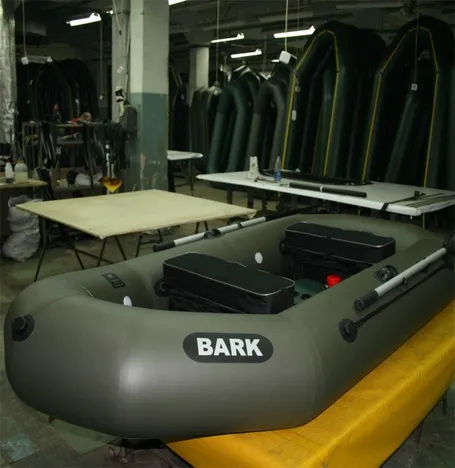Causes of Wrinkles and Creases on a PVC Boat

If you've ever noticed light streaks or spots on what was previously a perfectly smooth surface of your PVC boat, without any clue as to why they appeared — this article is for you. Here, you’ll learn what most likely caused them and whether they can be removed.
Quick Solution to Wrinkles
Most owners feel disappointed when they notice surface imperfections, assuming their boat's appearance is permanently ruined. But don't jump to conclusions — under high temperatures, these marks often disappear in seconds. After your first sunny trip on the water, your PVC boat should regain its original look. And if you're impatient, even a regular hairdryer can help — just be careful not to overheat the material.
Deep Creases in PVC Fabric
Unfortunately, these mechanical damages can’t be fixed with a hairdryer. They're usually caused by one of the following:
- Low-quality materials used during manufacturing
- Mechanical stress at temperatures below freezing
In the first case, the solution is simple: return the boat under warranty. If the purchase was made from an unreliable manufacturer, deformation can appear almost immediately. Remember that trusted producers like Bark use premium materials that ensure your PVC boat maintains its original appearance for years.
Damage from Improper Winter Storage
If deep folds appeared after winter storage, the problem likely stems from incorrect handling. PVC material can easily withstand temperatures as low as -40°C — but the boat should never be folded or unfolded while the ambient temperature is below zero.
Purchasing a PVC boat is a serious investment, so it’s natural to expect it to remain in excellent condition for at least 5–7 years. To make sure of that, choose Bark — one of Ukraine’s leading manufacturers with years of experience in the field.
